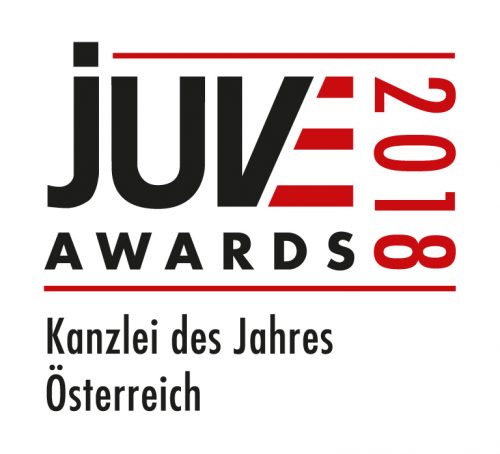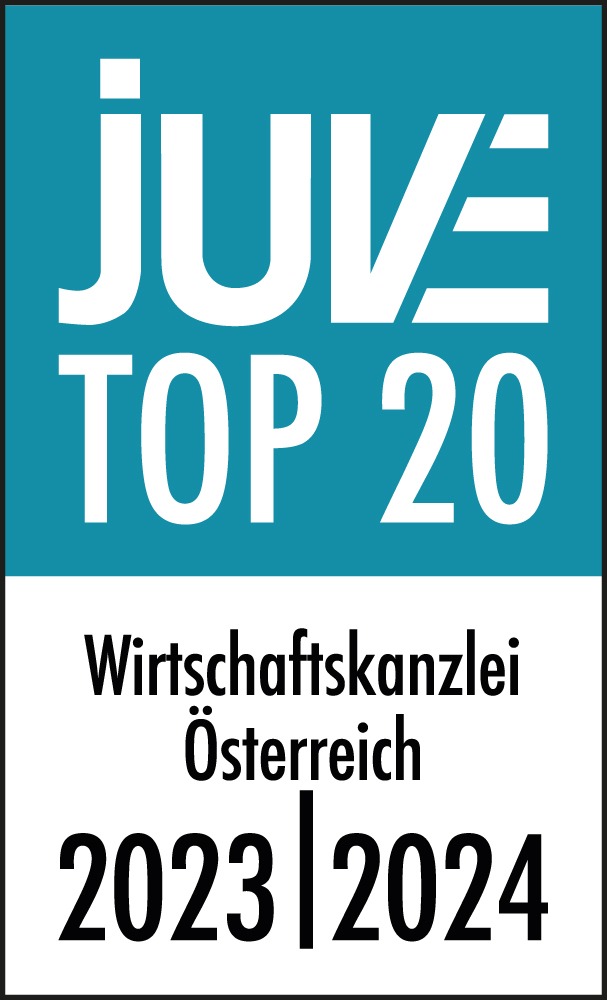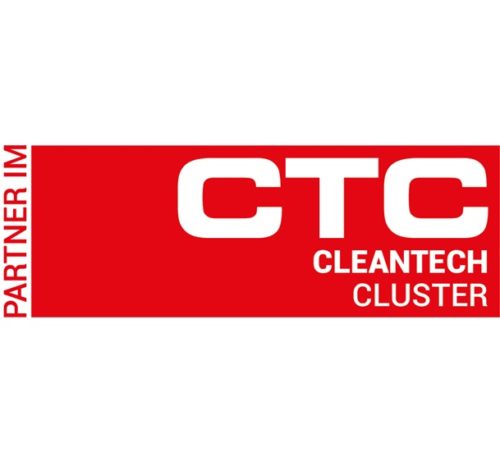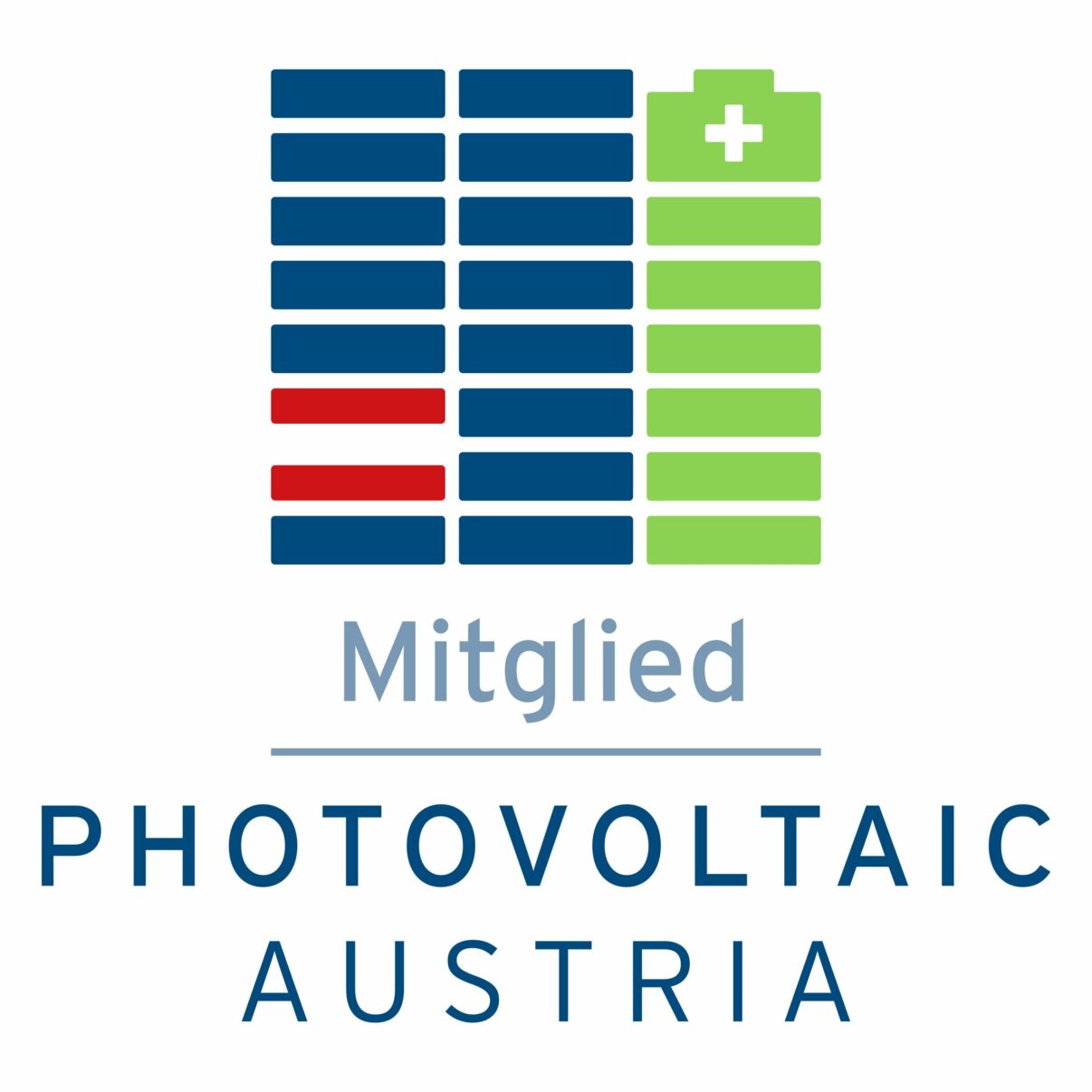Whistleblowing reporting systems
We help with implementation and processing!
France has one, Germany has one – now Austria is also to get a National Emissions Trading System. As part of the eco-social tax reform, the draft of a National Emissions Certificate Trading Act (NEHG 2022) has been published. It is intended to affect those sectors that are not covered by EU emissions trading and thus by the Emissions Certificate Act 2021. We have taken a closer look at the draft law.
Section 2 (1) of the draft stipulates that the Act applies to greenhouse gas emissions from (fossil) energy sources placed on the market in Austria. In this respect, as the materials emphasize, there is an “indirect” attribution to the respective greenhouse gas emitter. It does not depend on the actual use of the energy sources mentioned.
The aforementioned energy sources are essentially considered to be “put in circulation” when the tax liability arises under the relevant legal bases (Mineral Oil Tax Act, Coal Tax Act, Natural Gas Tax Act). Thus, the obligated “trading participants” are primarily wholesalers, producers or importers of fossil energy carriers. The energy carriers may only be placed on the market if they have been registered beforehand and the trading participant acquires national emission certificates. For this purpose, the trading participant has to submit a monitoring concept.
At the end of a calendar year, each trading participant has to determine the greenhouse gas emissions of the previous year attributed to them and report them electronically to the competent authority by June 30th. At the same time, each trading participant has to submit the number of national emission certificates calculated on this basis.
Since the obligation to surrender emission allowances depends on the amount of attributed greenhouse gas emissions, this “attribution” is of decisive importance. However, the draft law is silent on this important issue. Details are apparently to be determined by ordinance. The respective customer will play a decisive role: If the customer is an industrial company, the emissions can be measured and attributed to the supplier accordingly. This is not practicable in the transport and building sector, which is why the amount of fossil fuels will probably simply be used as a basis.
Trading participants who supply companies subject to the Emissions Certificate Act 2021 with the above-mentioned energy sources are exempt from the obligation to surrender national emission allowances. This exemption applies exclusively to those quantities of energy sources for which there is both an obligation to surrender national emission allowances and to surrender emission allowances under the EZG 2011. This is to prevent a double burden.
If, in addition, national emissions trading leads to certain companies being particularly hard hit, they can apply for pro rata relief from the additional burden (“hardship cases”). The amount of the additional energy costs incurred is the decisive factor here. The applying company has to carry out a mandatory energy audit. Besides, the relief grants have to be used primarily for climate protection measures.
At this point, only reference is made to the other exemption and relief measures (e.g. for “carbon leakage” companies).
In order not to overburden the affected sectors, national emissions trading is to be introduced gradually: The fixed price phase (2022–2025) is divided into an introductory phase (July 1st, 2022 – December 31st, 2023) and a transition phase (January 1st, 2024 – December 31st, 2025). The certificate price valid until the market phase from 01/01/2026 is EUR 30 (from 2022) to EUR 55 (from 2025).
Our experts Johannes Hartlieb and Emil Nigmatullin from the Public Commercial Law and Constitutional Law team will be happy to answer any further questions you may have on this topic.
This article is for general information only and does not replace legal advice. Haslinger / Nagele Rechtsanwälte GmbH assumes no liability for the content and correctness of this article.
14. December 2021






